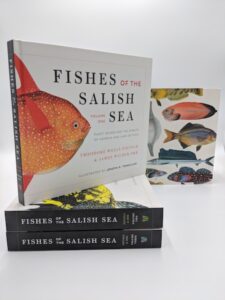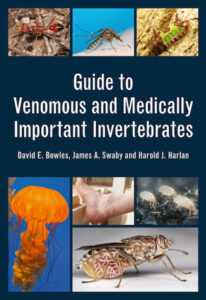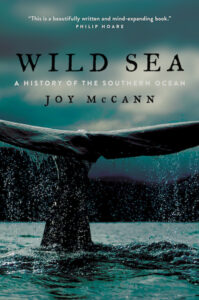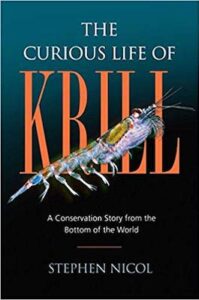Every so often, a new book comes along that when first seen causes me simply to stop and stare at it in awe with mouth agape. But never before has the mere picture of such a book caused me to do so – until today.

Every so often, a new book comes along that when first seen causes me simply to stop and stare at it in awe with mouth agape. But never before has the mere picture of such a book caused me to do so – until today.

When it comes to the literature of natural history, there are certain words that when found in the title of a book automatically draw attention to it – words such as “invertebrates,” “medically important,” and “venomous.” So when all of these are found in the title of one single book, well… how could any self-respecting naturalist possibly resist the desire to learn more about it?

As one who grew up on the shores of the Pacific Ocean, I am rather fond of the planets seas and all the wonders they contain. I’ve also spent a bit of time near the Atlantic Ocean, had some fleeting encounters with the Indian Ocean, and seen the Arctic Ocean from the windows of many a jet airplane. However when it comes to the Southern Ocean, I am absolutely without a star to steer by – and so are, according to the preview of Joy McCann’s forthcoming book “Wild Sea; A History of the Southern Ocean,” most others as well.

As with so many things in life, “it’s the little things” that so often make it all possible. And when it comes to the life in the the Earth’s oceans, the little things that in fact do make it all possible are the tiny crustaceans we commonly know as krill. However despite how readily to many of us the image may come to mind of these tiny creatures being essentially ubiquitous free-range whale chow, most of us actually don’t know nearly as much about them as we might think we do.